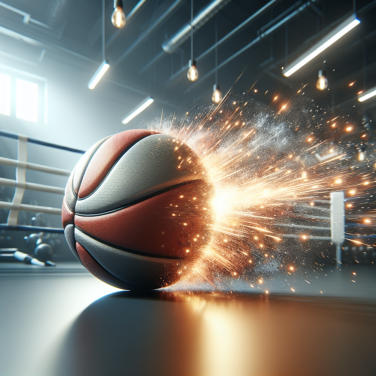The Mechanics of Miniature Flight: Building and Piloting Model Aircraft
In the exhilarating arena of model aircraft, the sub-discipline of miniature flight presents a unique blend of challenges and delights. With advancements in technology and materials, model aircraft developers and enthusiasts are finding more sophisticated and creative ways to bring these tiny titans to life. The construction and control nuances of these small-scale flyers demand a distinct skill set, dovetailing the intricacies of aerodynamics with precision engineering.
The process of constructing a miniature model aircraft is both an art and a science. The paramount goal is to replicate the essential physical characteristics of full-sized planes but on a much smaller scale. Builders must have a comprehensive understanding of the materials being used – often a combination of lightweight polymers, balsa wood, and carbon fiber – each selected for their strength-to-weight ratio, ensuring the model is robust yet light enough for flight.
Selecting the right power source is crucial to the operation. Electric motors are most common, prized for their light weight and efficiency. However, the miniaturization of other components like batteries, servos, and receivers is also a requisite. They must be small and light enough to fit into the constrained spaces of mini aircraft without compromising functionality.
The aerodynamics for miniature model aircraft is governed by the same principles that affect larger aircraft. However, due to their size, the Reynolds numbers – which describe the flow of fluid over a surface – are lower, which changes the way air flows over the wings and fuselage. This has implications for the design of airfoils, as well as the stability and control surfaces. Builders have to meticulously calculate and test these dimensions to ensure the aircraft can achieve and sustain flight.
Once constructed, flying a miniature model aircraft is an exercise in finesse and control. Pilots require sharp reflexes and an intimate understanding of the aircraft's response to command inputs. Unlike their larger counterparts, miniatures react more quickly to disturbances, and controlling them can be a more sensitive task due to their size and speed.
Moreover, navigating the environment becomes a larger part of the flying experience with model aircraft. Variables like wind speed, gusts, and thermal activity can have a pronounced effect on a miniature aircraft's performance, therefore pilots must be astute in interpreting weather conditions and adept at making real-time adjustments during flight.
Piloting skills are honed through practice, but with the integration of flight simulators into the hobbyist’s toolkit, pilots can now improve their skills virtually too.
Read also:
Ace Your Game: Top Picks for Quality Tennis Balls Online
Soaring Heights: Exploring the Excitement of Model Aviation
Model aircraft enthusiasts around the globe share a common passion for taking to the skies, albeit on a smaller scale. These miniature flying machines offer an accessible gateway into the fascinating realm of aviation, whether one is a seasoned pilot, an aspiring aviator, or simply a hobbyist looking for an exciting new pursuit.
The journey into model aviation can begin with understanding the different types of model aircraft available. From simple gliders that catch the wind's currents to intricately detailed scale models of historic aircraft, there is something to suit every interest and level of dedication. The spectrum of model aircraft includes radio-controlled planes, free flight models, and control line models that offer varying degrees of control and realism.
Technology has played a critical role in advancing the capabilities of model aircraft. Modern radio-controlled (RC) planes are equipped with advanced electronics that allow for greater precision and control. Enthusiasts can perform complex maneuvers, adjust flight patterns in real-time, and even simulate real flying conditions. This advancement not only elevates the thrill of flying but also serves as an educational platform for those interested in aviation and aerodynamics.
One of the most exciting aspects of model aviation is the community it creates. Local clubs and international organizations bring together individuals with shared interests to exchange knowledge, compete, and showcase their flying skills. These communities often host events, from educational workshops for beginners to thrilling aerobatic competitions that demonstrate the incredible capabilities of model aircraft. These gatherings are not just about the competition; they're a celebration of the artistry and engineering behind each crafted model.
For those looking to push the envelope in model aviation, the excitement doesn't stop with fixed-wing aircraft. The world of rotary-winged models, such as helicopters and multirotors, has seen a surge in popularity. These aircraft present unique challenges and require a different skill set, offering a fresh perspective on model flying. Furthermore, the rise of drone technology has introduced an entirely new dimension to model aviation, with potential for both recreation and practical applications.
Safety is paramount in model aviation, just as it is in full-scale flying. Pilots must be aware of and comply with regulations set by aviation authorities, as well as operate their models in a responsible manner. This includes flying at designated sites, maintaining line-of-sight with the aircraft, and avoiding restricted areas. By adhering to these guidelines, pilots ensure that the skies remain a safe environment for everyone to enjoy.




